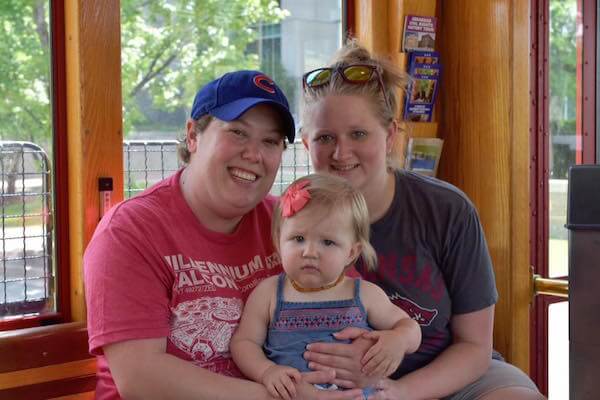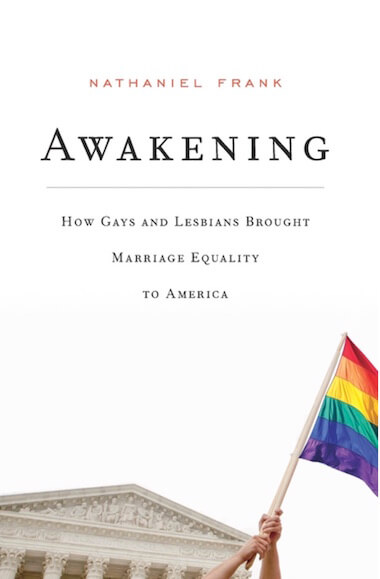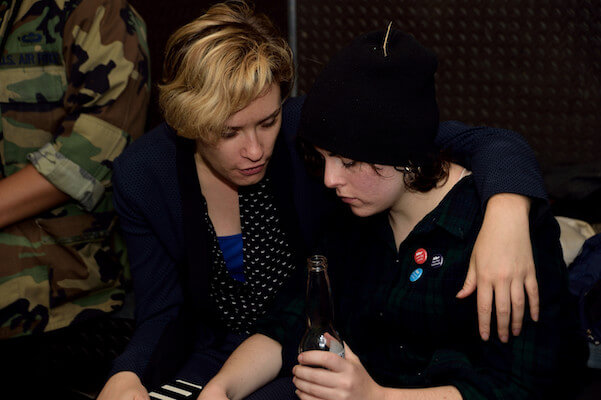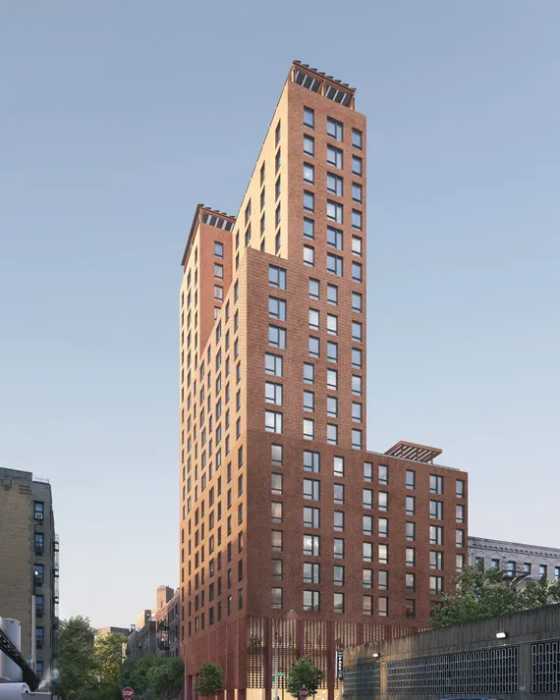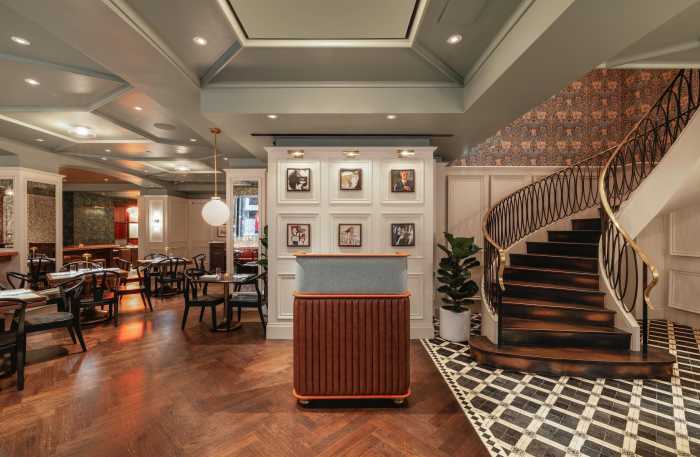LGBTQ people of color not only face disproportionate levels of anti-LGBTQ discrimination in the US, but are more likely to live in states lacking legal protections based on gender identity and sexual orientation, according to a new brief from several LGBTQ rights groups and Cornell University.
The report, called “Discrimination Inflicts Disproportionate Harm on People of Color,” notes that Black and Brown individuals are disproportionately affected by job discrimination, economic distress, and poorer health outcomes, and suicide when compared to both white LGBTQ people and cisgender and heterosexual folks. In the report, researchers emphasized that anti-LGBTQ laws are exacerbating these disparities among people of color, making it even more challenging to reduce stressors in this group.
The report was led by the National Black Justice Coalition, the National Center for Lesbian Rights, the National LGBTQ Task Force, and Freedom for All Americans in collaboration with the “What We Know” project, a research portal at the Center for the Study of Inequality at Cornell University. Notably, the research demonstrates the impact disparities have on communities of color in areas without comprehensive LGBTQ non-discrimination protections at a time when efforts to pass such legislation at the federal level have been hindered by a split US Senate.
“This important brief only further solidifies what we have known for a very long time — the combination of racism and anti-LGBTQ discrimination has serious and long-lasting effects for the health and well-being of LGBTQ people of color,” Imani Rupert-Gordon, the executive director of the National Center for Lesbian Rights, said in a written statement. “This research highlights why federal non-discrimination protections are overdue and vital to protecting some of the most underrepresented and vulnerable members of our community.”
The report, which comes approximately four months after the House of Representatives passed the Equality Act for the first time since 2019, shows that public policy needs to reflect “what the research tells us about how we can reduce these harms,” according to Dr. Nathaniel Frank, the study’s lead author. The report notes that people of color make up 42 percent of the LGBTQ community, which is 10 points higher than the percentage of non-LGBTQ people of color. Half of the 5.5 million queer people of color in the US live in states with anti-LGBTQ policies, the report said, and the southern region of the US accounts for a slight majority of Black LGBTQ individuals. This year, Mississippi, Alabama, and Florida were among several states in the South that have passed bills targeting transgender people in healthcare, sports, and bathrooms.
“These painful figures highlight an indisputable link between discrimination, economic security, mental, and physical health,” David Johns, executive director of the National Black Justice Coalition and contributor to the report, said in a written statement. “People with multiple stigmatized, marginalized, social, and political identities, particularly Black LGBTQ+/Same Gender Loving people, bear a disproportionate amount of the weight illustrated by the data in this study.”
Discrimination is also evident in the workplace, as well, one year after the Supreme Court ruled in favor of LGBTQ workplace protections. When applying for jobs, 32 percent of LGBTQ people of color report experiencing homophobic or transphobic harassment compared to 13 percent of white LGBTQ individuals. Queer people also face greater risk of being victims of anti-LGBTQ discrimination when dealing with the police, according to the report.
Rampant discrimination contributes to higher suicide risks for LGBTQ people of color, the report notes. While 12 percent of white LGBTQ youth attempt suicide, those numbers increase among underrepresented racial groups, according to the report. For example, 31 percent of Native/Indigenous LGBTQ youth, 21 percent of Black LGBTQ youth, and 18 percent for Latinx LGBTQ youth have attempted suicide, the research noted.
Furthermore, 56 percent of Black LGBTQ people live in low-income households compared to 49 percent of Black non-LGBTQ people. The report also shows that 37 percent of Black LGBTQ individuals experience food insecurity compared to 27 percent of Black non-LGBTQ adults.
Additionally, experts note that between 2014 and 2016, there was a 46 percent increase in mental health distress among queer and trans people who lived in states that allowed businesses to refuse service to LGBTQ customers. However, experts also suggested that those effects could be alleviated by support from friends and family.
“Study after study shows that nondiscrimination protections improve economic opportunities, public safety, and physical and mental well-being of LGBTQ people,” said Kasey Suffredini, the CEO and national campaign director of Freedom for All Americans, a bipartisan group aimed at achieving nationwide LGBTQ protections. “It is well past time for the essential protections available only in some of our states and cities to be extended to all LGBTQ Americans, especially LGBTQ people of color, who are disproportionately burdened by the lack of protections.”
To sign up for the Gay City News email newsletter, visit gaycitynews.com/newsletter.



